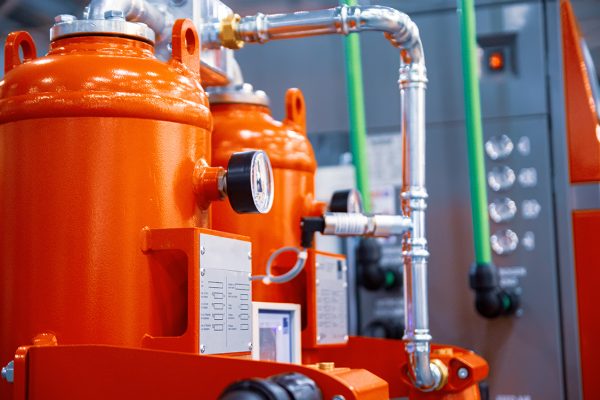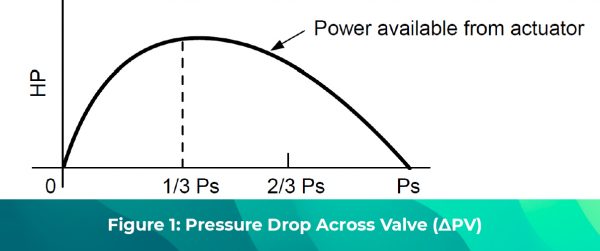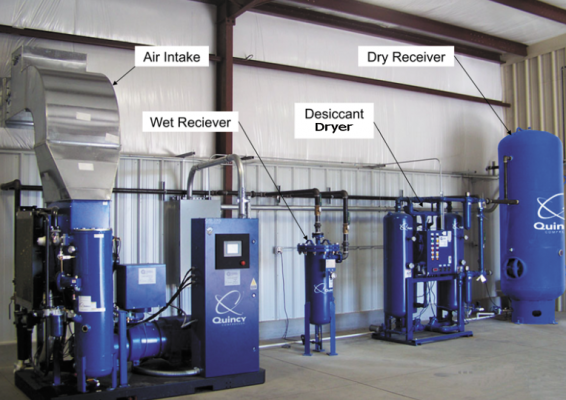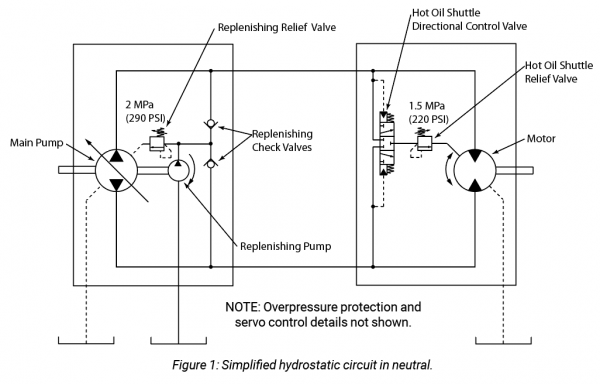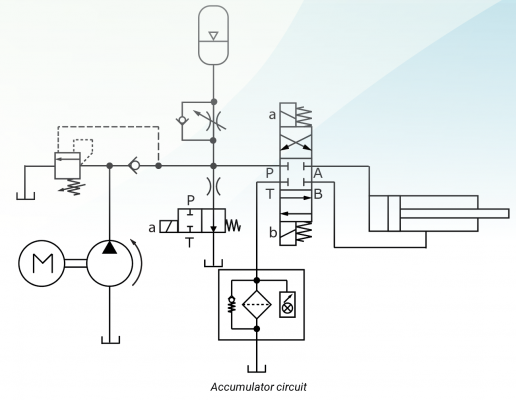The Function of Fluids
The word “fluid” refers to something that flows and can describe a gas or a liquid. A hydraulic system is the transmission of power by means of a …
Understanding Supply-Side Air Preparation
As air is compressed, the temperature of the air increases significantly. The compressor discharge air temperature is typically over 200°F (93°C) for a …
Test Your Skills: Application of Proportional Valves
There are many applications for proportional solenoids in the control of hydraulic pressure and flow in both mobile and industrial applications. This article …
Test Your Skills: The Function of a Prime Mover
A complete hydraulic system must include an initial energy source. This energy source is referred to as the prime mover, and it must be considered when …
Test Your Skills: Types and Applications of Compressors
The generic term “supply side” is often used to refer to the complete package that includes the compressor, drive motor and associated hardware, as well as …
Test Your Skills: Understand the Application of Hydrostatic Systems
The typical hydrostatic transmission consists of a closed circuit where a pump provides flow to a hydraulic motor without the use of directional valves. The …
Test Your Skills: The Difference Between Isothermal and Adiabatic Conditions
Hydraulic accumulators use weights, springs, or gas pressure to generate the precharge force against the fluid that is stored for use in the system. …
Test Your Skills: Calculate the Kinetic Energy
It is common practice to position shock absorbers to cushion loads attached to air cylinders, rather than to subject the air cylinders to shock loading …
Test Your Skills: Size a Rotary Actuator
Rotary actuators are used to provide a partial rotation or pivoting action to a component where the space available is not practical for a cylinder and …
Test Your Skills: Understand the Application of Regenerative Circuits
Regeneration is a general term that describes what happens when exhausting hydraulic fluid from the rod side of an actuator is directed back into the pressure …


